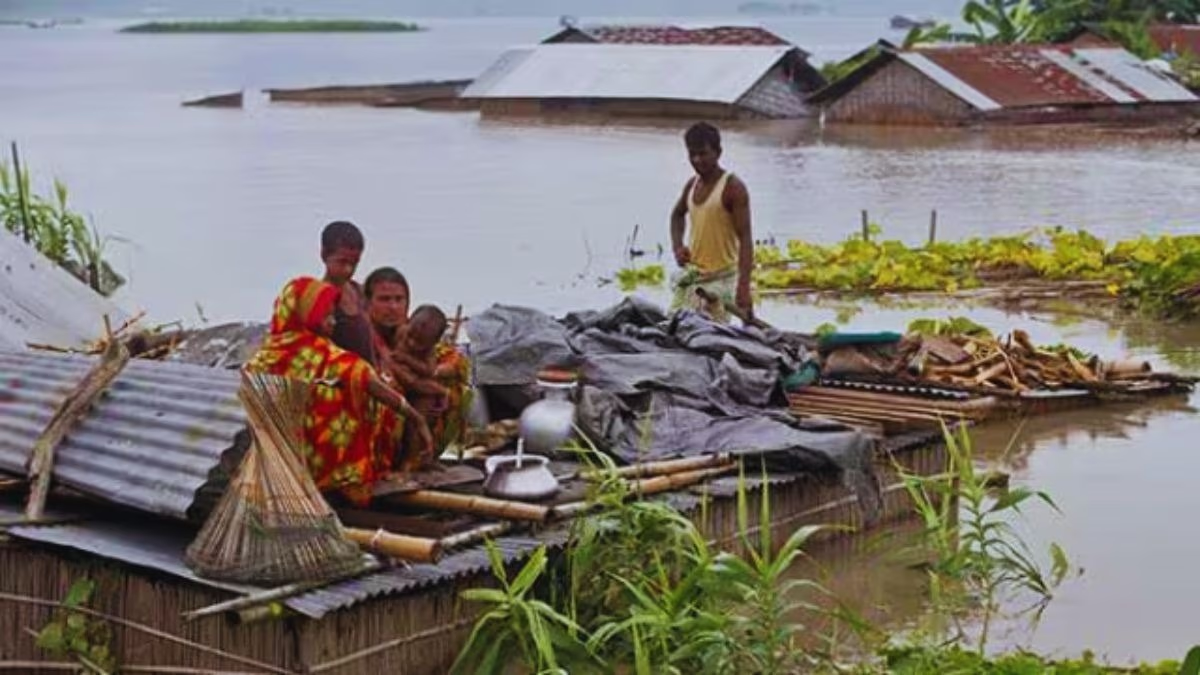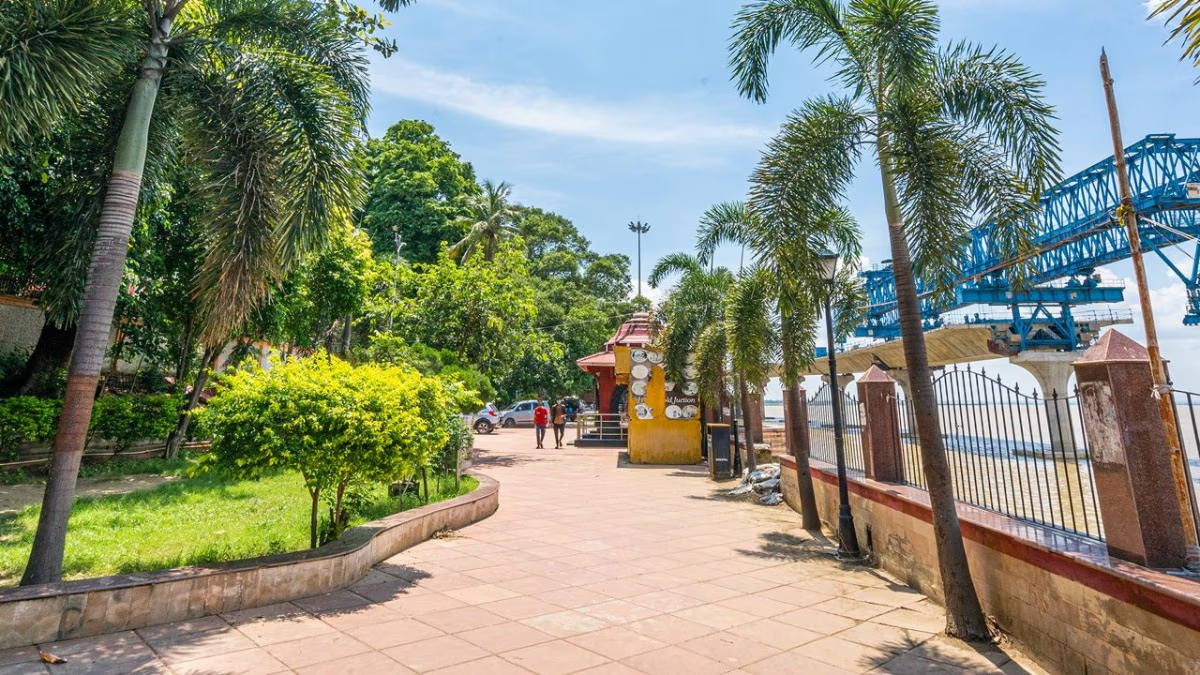Bihar once again faces the wrath of floods. Although there's little rainfall, calamity descends straight from the sky, forcing thousands to flee their homes. The floodwaters not only destroy vast farmlands but also render people homeless. Whether elderly, children, women, or men, all seem helpless against the ferocity of the floods.
Sixteen districts of Bihar are submerged as Kosi and its tributaries swell angrily. The primary cause of this devastation is the torrential rains in Nepal, which led to water being released from the Kosi and Valmiki Nagar Barrage, creating unchecked chaos in Bihar. From the Kosi to the Gandak, Kamla, and Bagmati, these rivers have adopted a formidable demeanor. Let's explore the major reasons behind these devastating floods in Bihar:
Find out more about: Bihar's plight due to floods! New areas from Darbhanga to Saharsa affected
The Kosi's Unpredictable Shifts
The Kosi River originates in the Himalayas of Tibet-Nepal. Entering India via Bhimnagar, it travels over 250 kilometers before merging with the Ganges at Kursela in Katihar, Bihar. Often referred to as Bihar's curse, it is the most destructive river annually. Also known as Sapta Kosi, it has seven branches, with tributaries originating in China and Tibet. The Kosi merges into the Mahananda and Ganges in Bihar, impacting districts like Araria, Madhepura, Purnia, Saharsa, and Katihar.
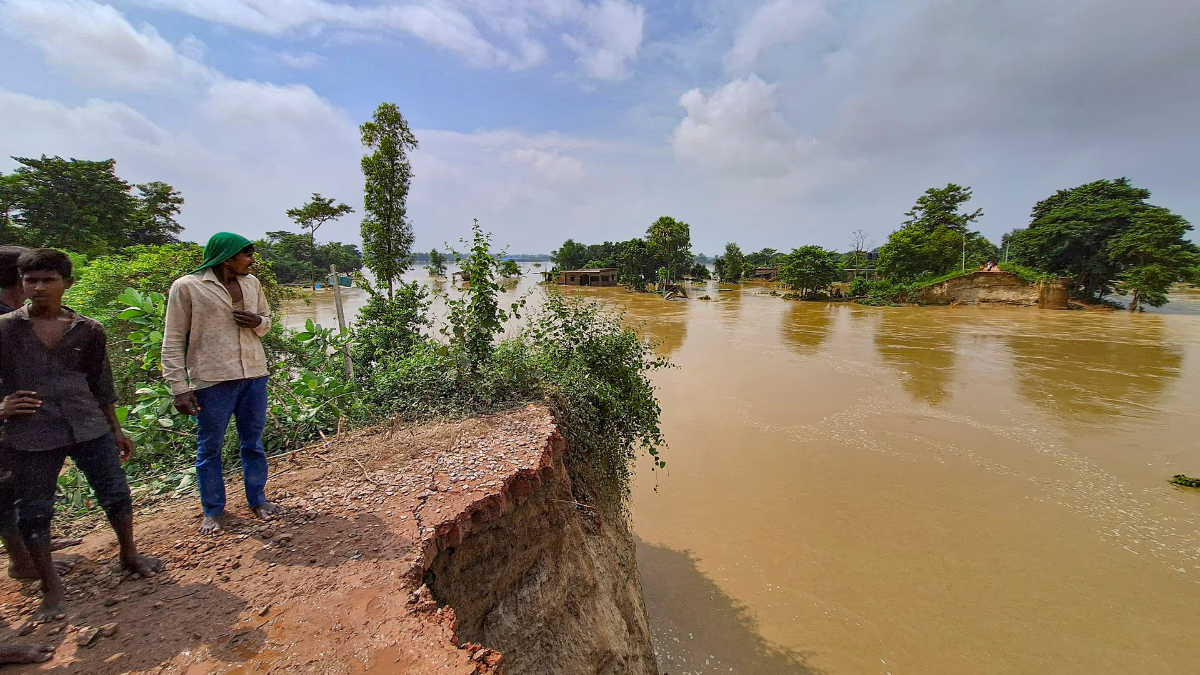
Source: aajtak
The Kosi River is notorious for its frequent direction changes, threatening new areas each time. When flowing into major rivers, the water velocity increases, exerting more pressure on different regions. The term 'Kosi Belt' is widely used in Bihar and Nepal, referring to areas invaded by the river.
Embankments Don't Last
Efforts to dam floodwaters started as early as 1954, but the solution was temporary. Though 160 kilometers of embankments were constructed, affecting approximately 25 lakh hectares, they proved ineffective. Over seven decades, embankment expansion across 4,000 kilometers on 13 rivers has taken place, yet the flood risk persists. Instead of diminishing, the vulnerable area grew to nearly 70 lakh hectares due to river expansion.
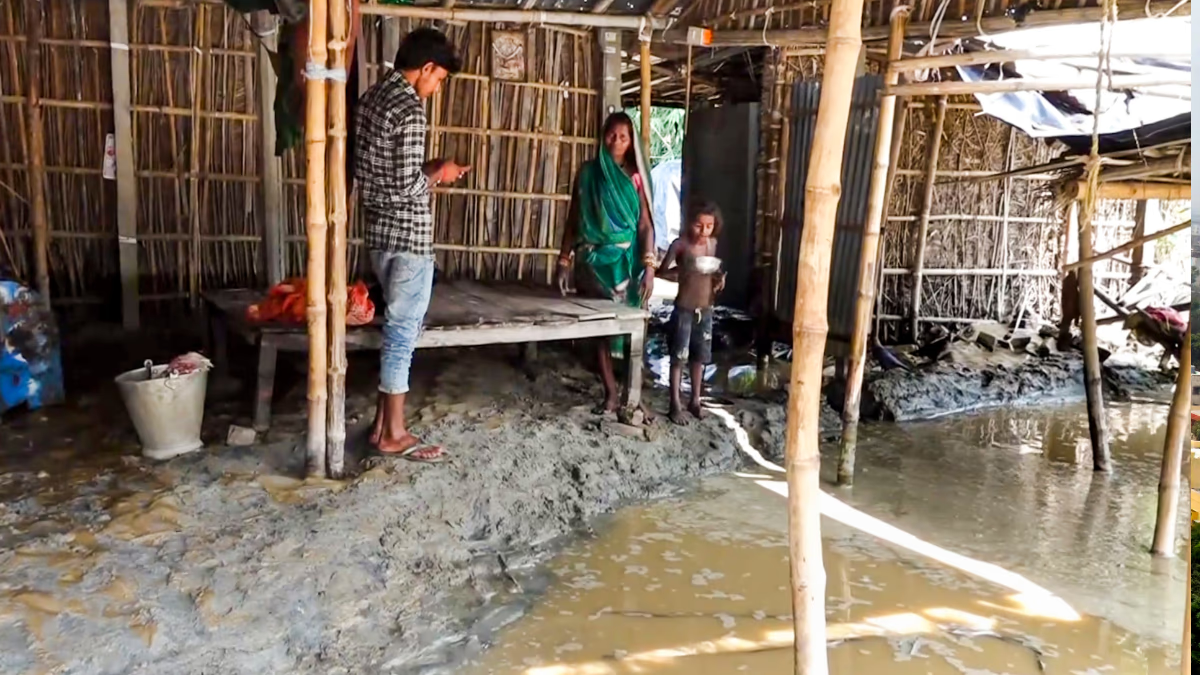
Source: aajtak
Also Read:
Even helicopters are helpless in Bihar floods! Forced landing in water due to broken blade
Annual repair and maintenance costs soar as embankments fail, sweeping away homes and livelihoods. According to a 2019 report by Bihar's Water Resources Department, the embankments suffered over 400 breaches in three decades, exacerbating flood issues. Despite annual repairs costing crores, the monsoons revert conditions unchanged. Experts and the Bihar government acknowledge embankments offer only a temporary fix without a definitive plan in sight.
Lack of a Dam
Experts and environmentalists argue that until a major dam is constructed on the Kosi River in Nepal, permanent flood solutions remain elusive. Although India and Nepal have engaged in numerous discussions, an agreement remains pending. Nepal's opposition cites environmental harm and potential inundation of their lands.
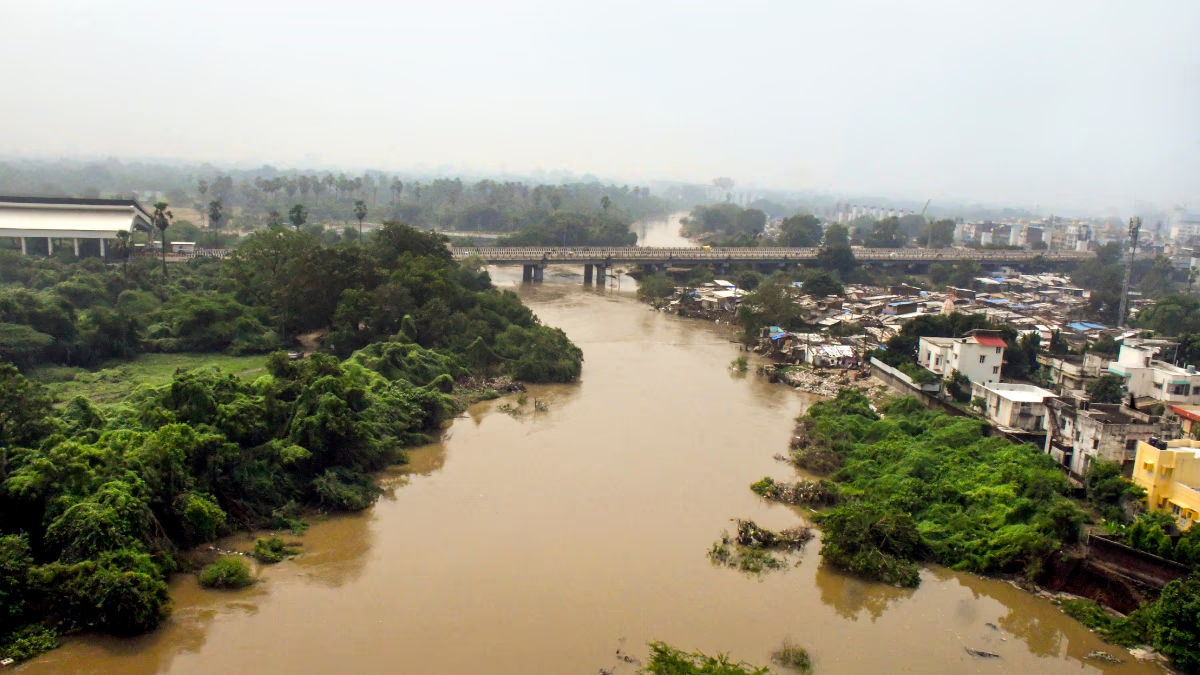
Source: aajtak
Silt Accumulation
The seven rivers of the Sapta Kosi deposit water at the Bhimnagar barrage. Studies reveal that flood-induced silt accumulates on the riverbed, continuously growing. This reduced depth and constricted the width of the river. The increased silt caused the embankments' heights to rise, heightening flood risks in these areas.
Read More: The havoc caused by Kosi River in Saharsa district - witness the ruination due to floods!
Excessive Rainfall
The Kosi River experiences more than 2,500 mm of annual rainfall, with 80% occurring between June and September. This excessive rainfall leads to water being released from Nepal, causing havoc in Bihar.
